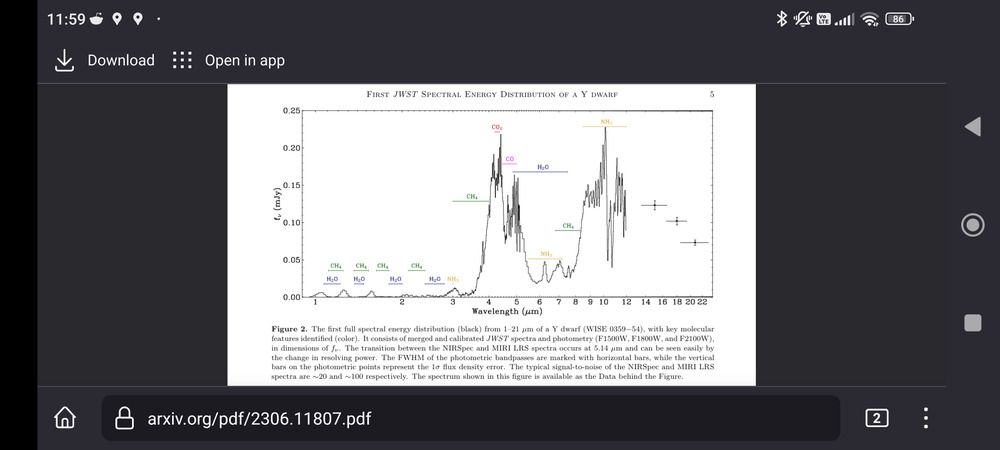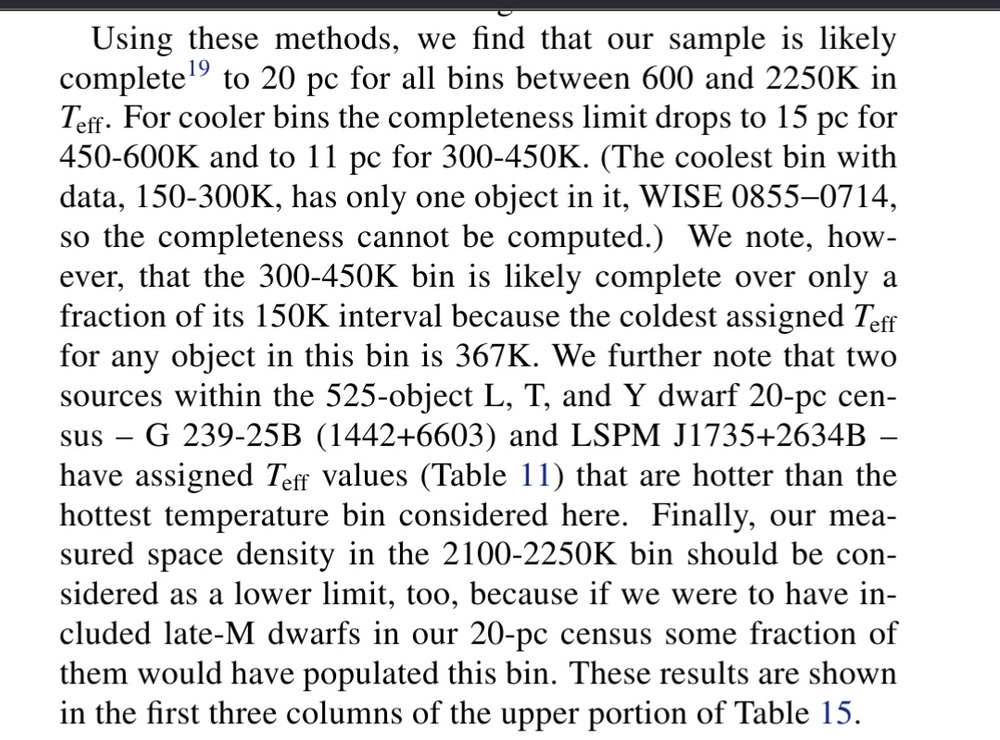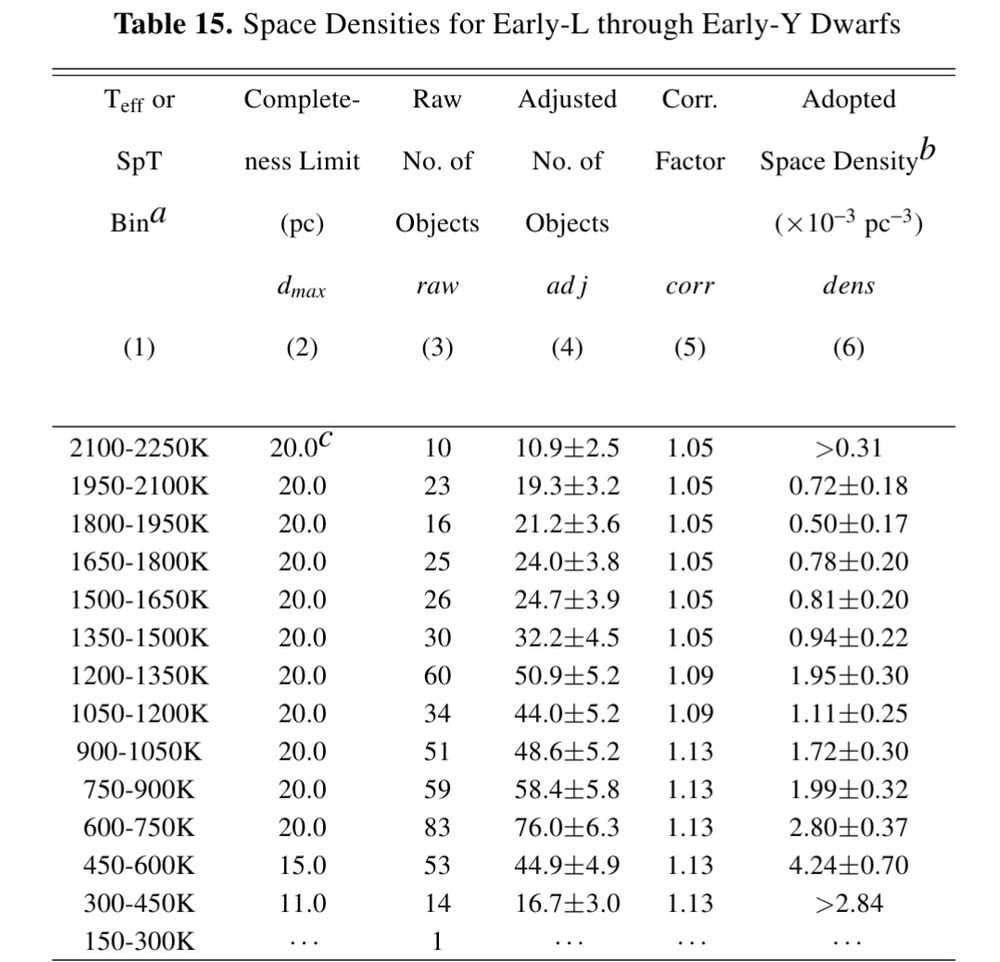I’m pretty sure that this discovery has not reached the popular press.
Distance from us 10 Pasecs. – nearby
Average surface temperature 325 Kelvin. – pleasantly warm
Orbital distance from primary 1.0 au. – same as Earth
Discovered by James Webb telescope.
Just recently reported in ArXiv.
https://arxiv.org/pdf/2303.16923.pdf
I’d say it was worth a visit.
The ArXiv article downplays this discovery. The new planet is orbiting a brown dwarf primary. It is heated from within rather than from radiation from the primary. It is more masive than Jupiter, being somewhere in the range of 4.5 to 12 Jupiter masses.




